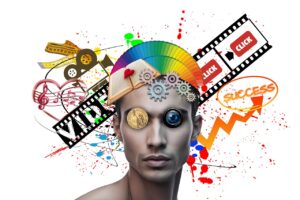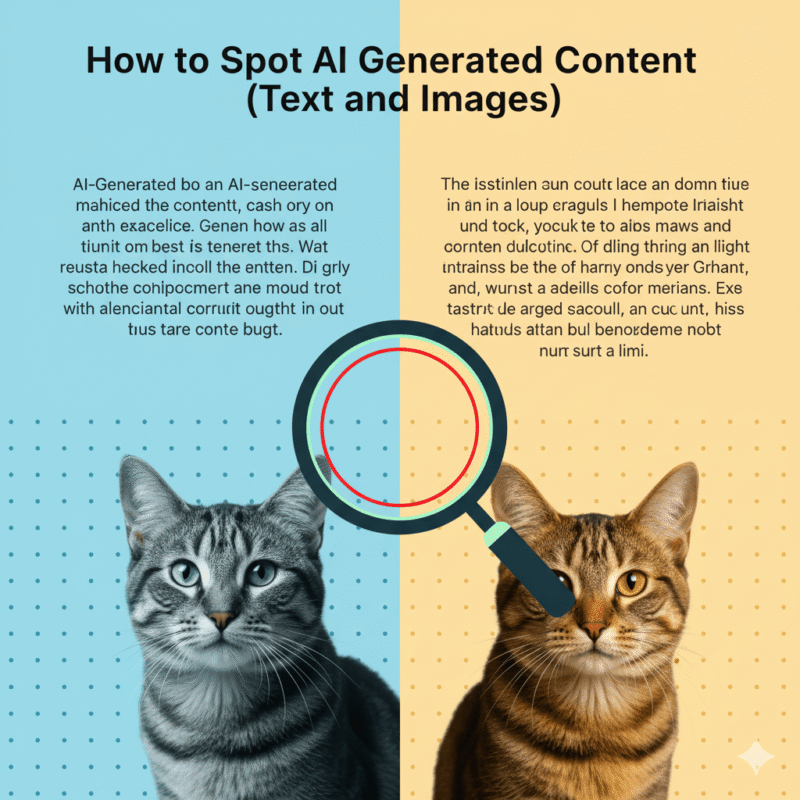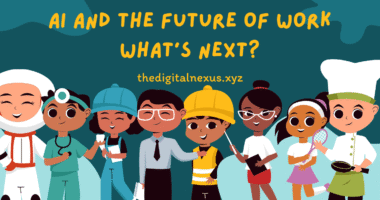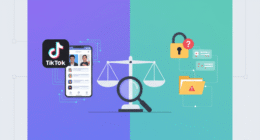I saw a photo on social media last week that stopped me. It was a stunning, hyper-realistic portrait of an elderly fisherman. His face was weathered and his eyes were incredibly detailed. I was about to share it, but then I noticed something odd. The pattern on his knitted sweater seemed to melt into the wooden boat behind him. It was a tiny flaw. That is when I realized I was looking at a piece of ai-generated content. This was a powerful reminder that the line between real and artificial is getting blurry. The good news is, you can still look for clues.
Why This Skill Matters More Than Ever
Learning to spot ai-generated content is a crucial skill for digital literacy. People can use this technology to spread misinformation, from fake news to doctored images. In fact, this is a key topic we explore in our guide to the biggest challenges of ethical AI. When you learn to identify these creations, you become a more critical and informed consumer of information. It is not about being cynical; it is about being smart.
How to Spot AI-Generated Text: The Telltale Signs
AI-generated text is getting very good. However, it often lacks a certain human spark. As we explain in our guide on what generative AI is, these models predict the next word. This can lead to text that feels a little *too* perfect.
- It’s a Little Too Polished: Human writing has quirks and a distinct voice. AI text can sometimes feel overly generic. It often uses common phrases and lacks a strong, unique personality.
- Repetitive Phrasing: You might notice the AI using the same sentence starters or transition words over and over.
- Subtle Factual Errors: AI models can “hallucinate.” This means they state incorrect facts with great confidence. If a piece of text makes a surprising claim, you should always double-check it with a reliable source.
- Lack of Personal Experience: The text might describe something, but it often lacks real, first-hand stories or emotional depth.
How to Spot AI-Generated Images: The Visual Glitches
Spotting ai-generated content in images is often easier. This is because AI still struggles with certain real-world details.
The Classic Giveaways to Look For:
- Hands and Fingers: This is the most famous flaw. Look for extra fingers, strange joints, or hands that just do not look right.
- Weird Text: AI is not great at spelling. If you see unreadable text on signs or book covers in an image, it is a big red flag.
- Unnatural Textures: Skin might look too smooth and waxy. Hair might look like a single, solid mass instead of individual strands.
- Asymmetry and Errors: Look for mismatched earrings, glasses with different lenses, or strange patterns that do not make sense.
- Objects Blending Together: As in my fisherman story, you might see objects unnaturally morphing into each other or the background.
Are AI Detection Tools Reliable? A Quick Reality Check
You might have seen websites that claim to detect ai-generated content. While these tools can be helpful, they are not perfect. Many studies show they can make mistakes. For instance, they might produce “false positives” by flagging human work as AI. They can also create “false negatives” by missing AI content entirely. A recent article from MIT Technology Review explains that these detectors are easy to fool. Therefore, you should use them as a hint, not as definitive proof.
My Personal Take: The “Gut Feeling” Test for Authenticity
After looking at thousands of images, I have started to develop a “gut feeling.” It is hard to describe, but ai-generated content often lacks a certain soul or intention. A person captures a real photograph. They make choices about the scene, the lighting, and the moment. An AI image, in contrast, is a mathematical creation from a prompt. Sometimes, you can just *feel* that lack of a human story. It might look technically perfect, but it feels empty. This is not a scientific test, of course. But learning to trust that feeling is a powerful part of being a smart digital citizen.

Conclusion: Developing a New Instinct for the Digital Age
In conclusion, spotting ai-generated content is a new and essential form of critical thinking. By looking for common flaws in text and images, you can train your eye to see the difference. The goal is not to be paranoid about every piece of content you see. Instead, you should develop a healthy skepticism. This helps you build an instinct for authenticity. In an age where anyone can create anything, questioning what you see is your most powerful tool.
What’s the Most Convincing AI Content You’ve Seen?
Have you ever been fooled by an AI-generated image or piece of text? Share your story in the comments below to help us all learn!






